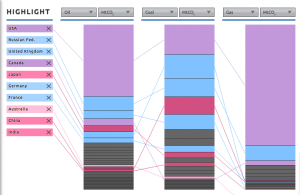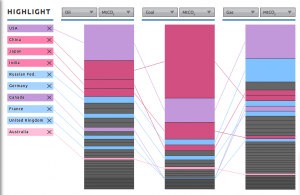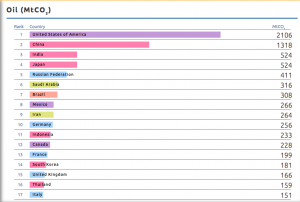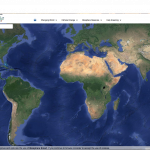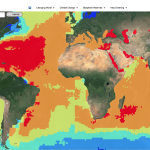National Geographic’s Quiz Whiz allows kids and adults alike to test their knowledge of various geography topics. Some of the topics include: the Moon, Volcanoes, Space Exploration, Animals, and Earth Day. While the site also provides quizzes with topics that are not related to geography, geography reveals itself as a common thread among the available quizzes. Quiz Whiz provides an interactive platform for kids to engage with geography and learn about geography beyond the classroom.
One of my favorite quizzes, “The Moon,” was created in collaboration with NASA.
http://kids.nationalgeographic.com/games/quizzes/quiz-whiz-moon/
The quiz addresses space exploration, the rotation and revolution of the moon, the relationship between the moon and Earth, and natural processes on the moon. After each question, the quiz tells you if you answered correctly or incorrectly and gives you information to determine the right answer if you answered incorrectly the first time. The same quiz can be completed as many times as desired.
In our class, we explored some of the same topics as featured on Quiz Whiz, and similar to the website, the lab portion of our class allows the students to participate directly and interact with important geographic concepts. Geography is a hands-on discipline that is best learned through participation. Kids can take the Quiz Whiz quizzes, learn about geography and the natural world, and have fun. If the quizzes are fun, accessible, interactive, kids may be more inclined to complete them and engage with the geographic topics presented in the quizzes. A major criticism of today’s culture is the general lack of geographic literacy. Geographic literary (geo-literacy), a term first adopted by National Geographic, refers to the ability to use geographic knowledge, of both places and humans that inhabit places, to make broad decisions. Quiz Whiz allows kids to interact with geographic concepts from a young age, which could increase the geographic literacy of the future generations.






